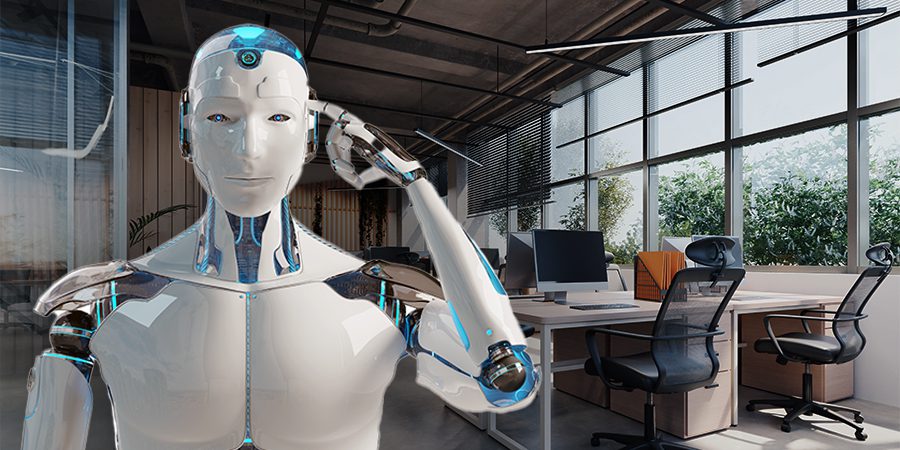Subscribe
"Unlock exclusive insights and elevate your financial wisdom with NetWorth.com — subscribe now to stay ahead in the wealth game!"

In this article, we’ll examine a recent study by the University of Cambridge that found the physical appearance of robots to play a significant role in their effectiveness in promoting mental wellbeing in the workplace.
We’ll explore the reasons behind the preference for toy-like robots over their humanoid counterparts and the implications of these findings for the development and implementation of future workplace wellbeing programs.
Key Takeaways:
The study, conducted by researchers at the University of Cambridge, sought to understand the impact of robot design on employee mental wellbeing.
Over a four-week period, 26 employees participated in weekly wellbeing sessions led by one of two robot coaches. Both robots shared identical voices, facial expressions, and scripts, with the primary difference being their physical appearance.
The QT robot was a childlike humanoid, standing approximately 90 cm tall, while the Misty robot was a toy-like figure, measuring 36 cm in height.
The study found that participants felt a stronger connection with the toy-like Misty robot compared to the humanoid QT robot.
Researchers attributed this preference to the simpler appearance of the toy-like robot, which led to lower expectations and a greater sense of ease when interacting with the robot.
In contrast, the humanoid robot failed to meet participants’ expectations for human-like behavior and interaction, resulting in a weaker connection.
The researchers noted that popular culture influences perceptions of robots and their abilities. In films, television shows, and books, robots often display extraordinary capabilities, limited only by the human imagination. This portrayal of robots creates unrealistic expectations when individuals interact with real-world robots, which often fail to live up to these imaginative standards.
Minja Axelsson, co-author of the study, suggested that people’s preconceptions about how robots should look or behave may be impeding the adoption of robotics in areas where they could be beneficial.
Developing robots capable of natural conversation is a significant challenge, according to Professor Hatice Gunes from Cambridge’s Department of Computer Science and Technology.
However, advancements in large language models could potentially enhance robot interactivity and user experience.
The study’s findings indicate that the design of robots employed in workplace wellbeing programs is a crucial factor in their effectiveness.
As companies seek to integrate robots into these initiatives, understanding and addressing the influence of robot appearance on employee interaction and wellbeing will be essential.
By carefully considering robot design, companies can create more engaging and beneficial wellbeing programs that help promote mental health in the workplace.
As technology continues to advance, robots are poised to play a significant role in workplace wellbeing initiatives.
By acknowledging the importance of robot design and leveraging advancements in language models, companies can harness the potential of robotics to foster a more positive and healthy work environment.
The University of Cambridge study serves as a reminder that, while robots may be the key to improving mental wellbeing, it is ultimately the human touch that makes all the difference.